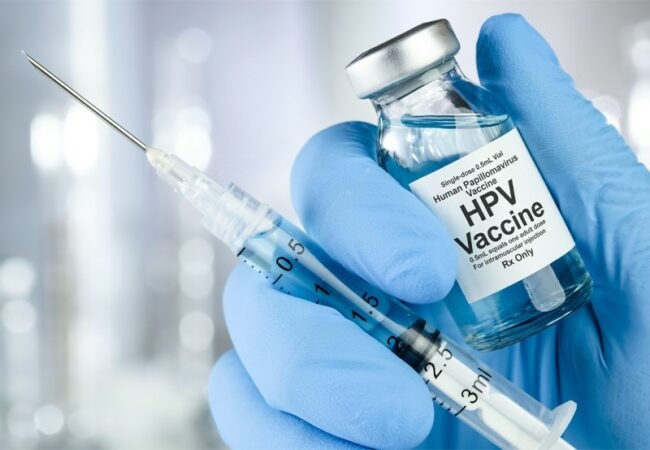Lagos State Government says it will get no fewer than 80 per cent of the girls between the ages of nine and 14 immunised with the Human Papilloma Virus (HPV) vaccine against cervical cancer before December 2024.
The Immunisation Coordinator of the State Primary Health Care Board (LSPHCB), Dr Akinpelu Adetola, stated this on Tuesday at a two-day media dialogue on the HPV vaccine organised by LSPHCB, in partnership with UNICEF.
Adeola said that a special team had been put in place to target out-of-school girls and those in the orphanage, as part of efforts to reduce their chances of having the cancer.
According to him, the idea is to ensure that no young girl is left behind from being protected from cervical cancer, by getting them vaccinated before they become sexually active.
“By December 2024, it will be fully routinised into the system, and it’s a one-off vaccine for girls between ages nine and 14, which is available at every government healthcare facility across the state for free,” he said.
In her presentation, a Social and Behavioural Change Specialist with UNICEF, Aderonke Akinlola-Akinwole, stressed the need for key stakeholders to leverage their platforms to make people understand the virus and the vaccination against it.
Akinlola-Akinwole underscored the importance of early vaccination as a means of ensuring the total eradication of HPV.
“Vaccination against HPV is an act of protecting, not just the individual but also, the entire community.
“Prevention is better, cheaper and wiser than cure. It is cheaper to vaccinate against HPV than treating cervical cancer.
“For early diagnosis and treatment, women of reproductive age and above are encouraged to go for screening,” she said.
According to the WHO, globally, the cancer is the fourth most common cancer in women, with around 660 000 new cases in 2022.
“In the same year, about 94% of the 350 000 deaths caused by cervical cancer occurred in low- and middle-income countries.
“The highest rates of cervical cancer incidence and mortality are in sub-Saharan Africa (SSA), Central America and South-East Asia.
“Regional differences in the cervical cancer burden are related to inequalities in access to vaccination, screening and treatment services, risk factors including HIV prevalence, and social and economic determinants such as sex, gender biases and poverty.
“Women living with HIV are 6 times more likely to develop cervical cancer compared to the general population, and an estimated 5% of all cervical cancer cases are attributable to HIV,” the WHO said.
The global health body adds that the cancer disproportionately affects younger women, and as a result, 20% of children who lose their mother to cancer do so due to cervical cancer.
NAN


